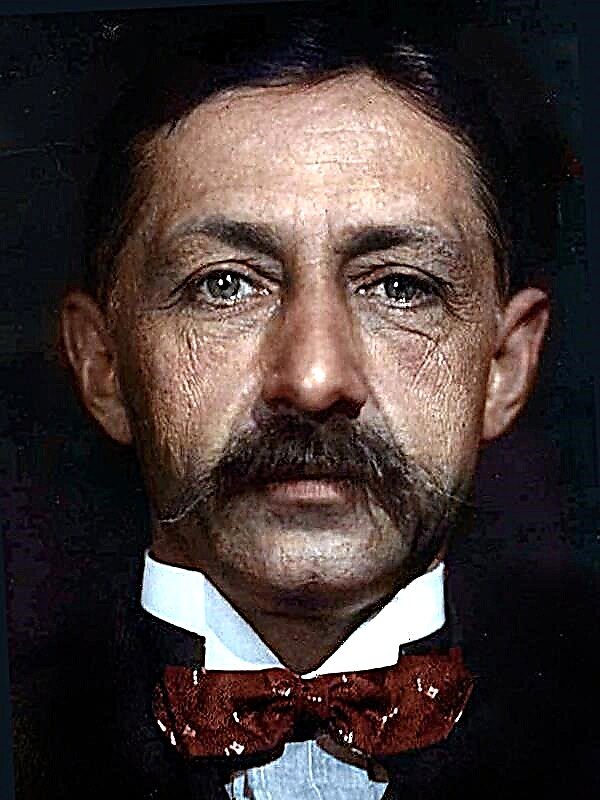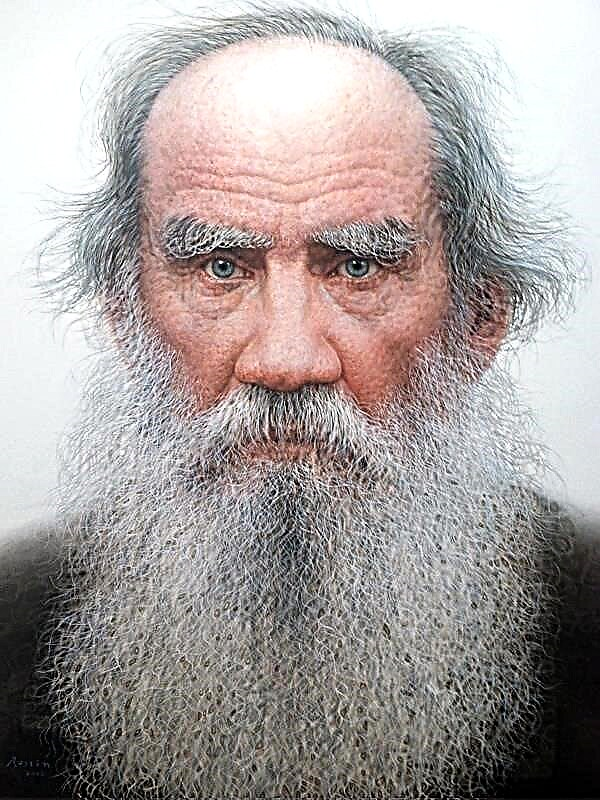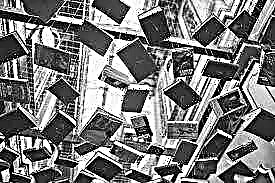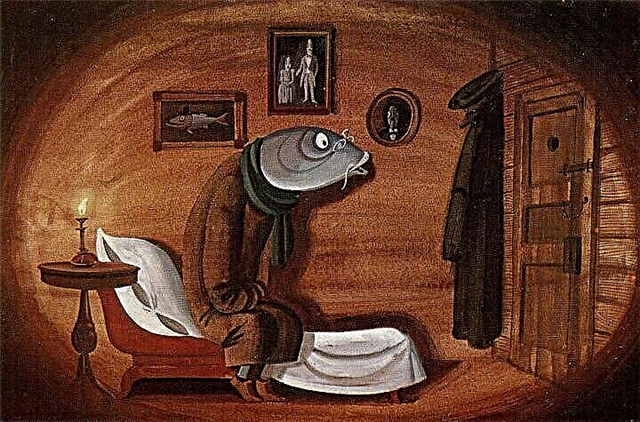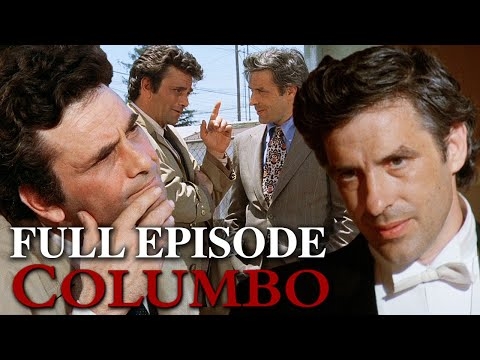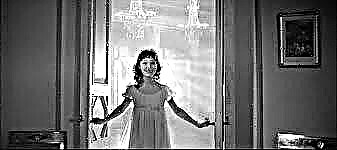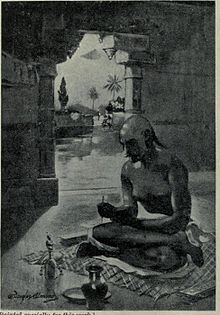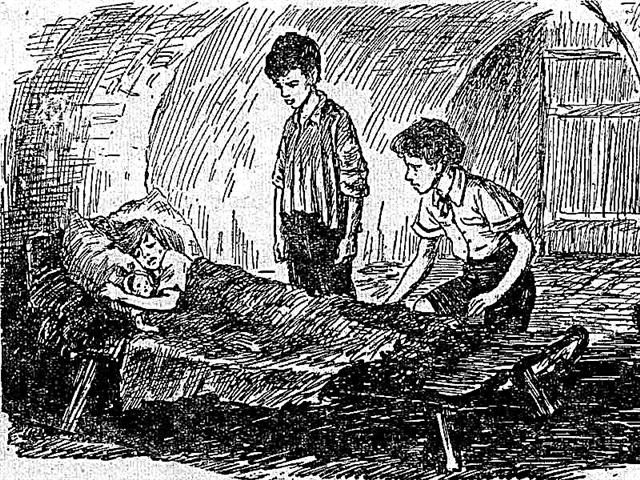Out of the ordinary event took place in the Dutch city of Rotterdam. Namely: having gathered in the square, the townspeople could observe the following picture: a balloon fell from the heavenly distance to the earth. Glued from old newspapers, the ball was generally of a strange shape, resembling a cap tipped upside down. Moreover, instead of a gondola, a huge hat with wide fields was hung on a fantastic car, and many were ready to bet that they had seen it before. She undoubtedly belonged to the humble artisan Hans Pfaal, who mysteriously disappeared with three friends five years ago.
The passenger was also unusual. The man’s thickness was completely inconsistent with growth and gave his entire figure an extremely ridiculous spherical appearance. Hands differed in huge sizes; wrinkled and at the same time puffy cheeks stood out on the face, on which there were no slightest signs of ears.
When there was only a hundred feet to the ground, the little man started to fuss, hastily pulled out a large notebook in a moroccan binding from his side pocket and threw it right at the feet of the burgomaster, who was watching what was happening. Considering the matter done, the aeronaut threw overboard from half a dozen bags, and soon the ball, disappearing behind the clouds, disappeared forever from the amazed gaze of the Rotterdamites.
The attention of all turned to the notebook, which told the amazing story of Hans Pfahal.
Five years ago, Hans Pfahal, mired in debt and losing hope of paying them off, fell into despair and seriously decided to end his life in order to get rid of intolerable creditors. Once, wandering aimlessly through the most remote streets, he accidentally wandered into a second-hand bookstore and opened the first book that appeared, which turned out to be a treatise on theoretical astronomy. The book made a great impression on Pfahal, and he spent several days reading books on astronomy and mechanics, as if he had some idea. So it was. Tired of life on Earth, Hans Pfahal hoped to find peace on the moon.
With the help of his wife and three creditors, who managed to bother him sufficiently, Pfahal prepares everything for departure. Moreover, he does not talk to creditors about where he is flying, assuring only that this will serve the return of the debt, and takes a vow from his wife to keep everything secret. When the ball is finally ready to fly, Pfaal and three lenders fill the gas in a remote place at night with no one tested before (Pfahal does not tell the name). By a cunning maneuver, he distracts the attention of creditors, cuts the ropes connecting the balloon to the earth's surface, and, having jumped into the basket, forever says goodbye to the Earth.
It should be noted that Pfahal did not start the journey in the most appropriate position for a long trip. When the ball rose into the air, a deafening explosion was heard (as a result of which three “comrades” of Pfaal died), and Pfaal, unable to restrain himself from the basket, fell out. Fortunately, his legs got entangled in nets, and he only hung upside down (flying, however, in such a position for a rather long period of time), otherwise his initial desire to put an end to life would certainly have been crowned with success. By morning, Pfahal finally climbed into the basket and, inspecting the ball, made sure that it was in perfect order. The ball continued to rise with sufficient speed, and soon the traveler was behind the clouds.
Constantly experiencing seizures of asthma, Pfahal was forced to begin to establish a capacitor. By this time he had reached a sufficient height - from here a magnificent view opened. To the west, north and south, as far as the eye could grasp, the endless expanse of the ocean spread, acquiring an ever brighter blue hue every minute. In the east loomed Britain, the entire Atlantic coast of France and Spain, and part of the northern outskirts of the African continent.
At first Pfahal was surprised by the apparent concavity of the earth's surface, but, thinking, he realized that he had not yet reached that height when the visual illusion disappeared.
The first night spent by Pfaal in the air undoubtedly left much to be desired. In order not to completely suffocate, he had to fill his cell once an hour (that’s the only name for the room he built himself from rubber burlap) with rarefied air, which, being drawn in through the condenser tube, thickened and became suitable for breathing. To wake up exactly every hour, the wise Pfahal built a sophisticated device that at the right time spilled several drops of cold water on his head.
So day after day he was approaching the moon. The Earth became farther and farther and farther and harder he distinguished the contours of the night satellite of his native planet. No signs of water or land were visible - only dull, variable spots and a tropical equatorial belt.
On the nineteenth day of the flight, Hans Pfahal successfully completed the journey - without a doubt, the most unusual and most remarkable of all the journeys ever made, undertaken or conceived by the inhabitants of the Earth.
At the end of his message, Pfaal reports that he can tell the Astronomical Society a lot of interesting information - about the climate of the moon, about strange temperature fluctuations, about the constant movement of moisture, about the population, its customs, mores, political institutions; about the special physical organization of the local inhabitants, about their ugliness, lack of ears; about their way of communication, replacing the gift of the word, which the lunar inhabitants are deprived of. For this and other information about which he is silent, Hans Pfahal demands remuneration, as well as forgiveness for the murder of three creditors.
Concluding the message, Pfahal informs the public that a resident of the Moon will deliver a letter to them.
In a note, the publisher warns gullible readers: they should not take for granted the inventions of Pfahal, who in his letter demonstrates rich imagination and indisputable wit.

